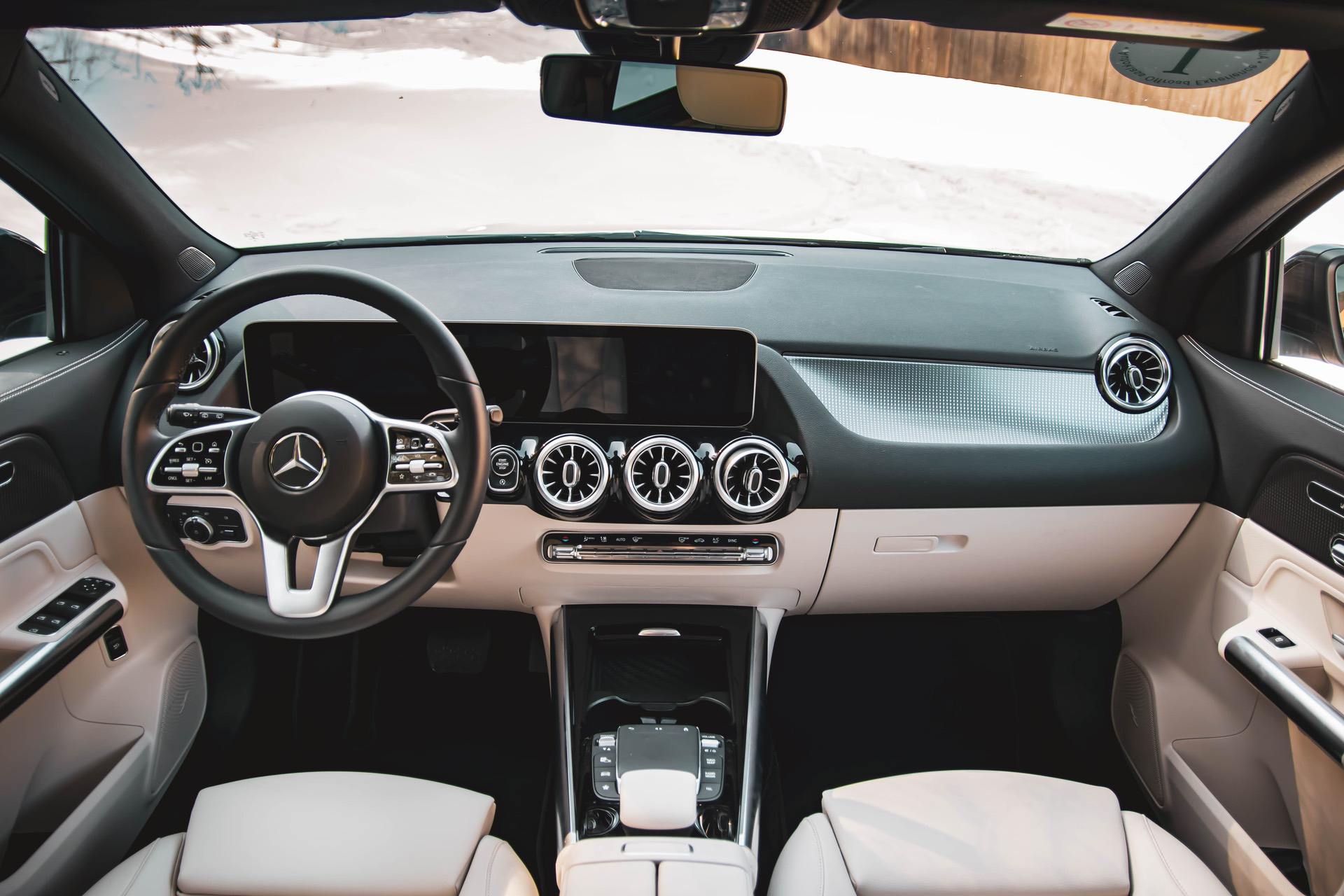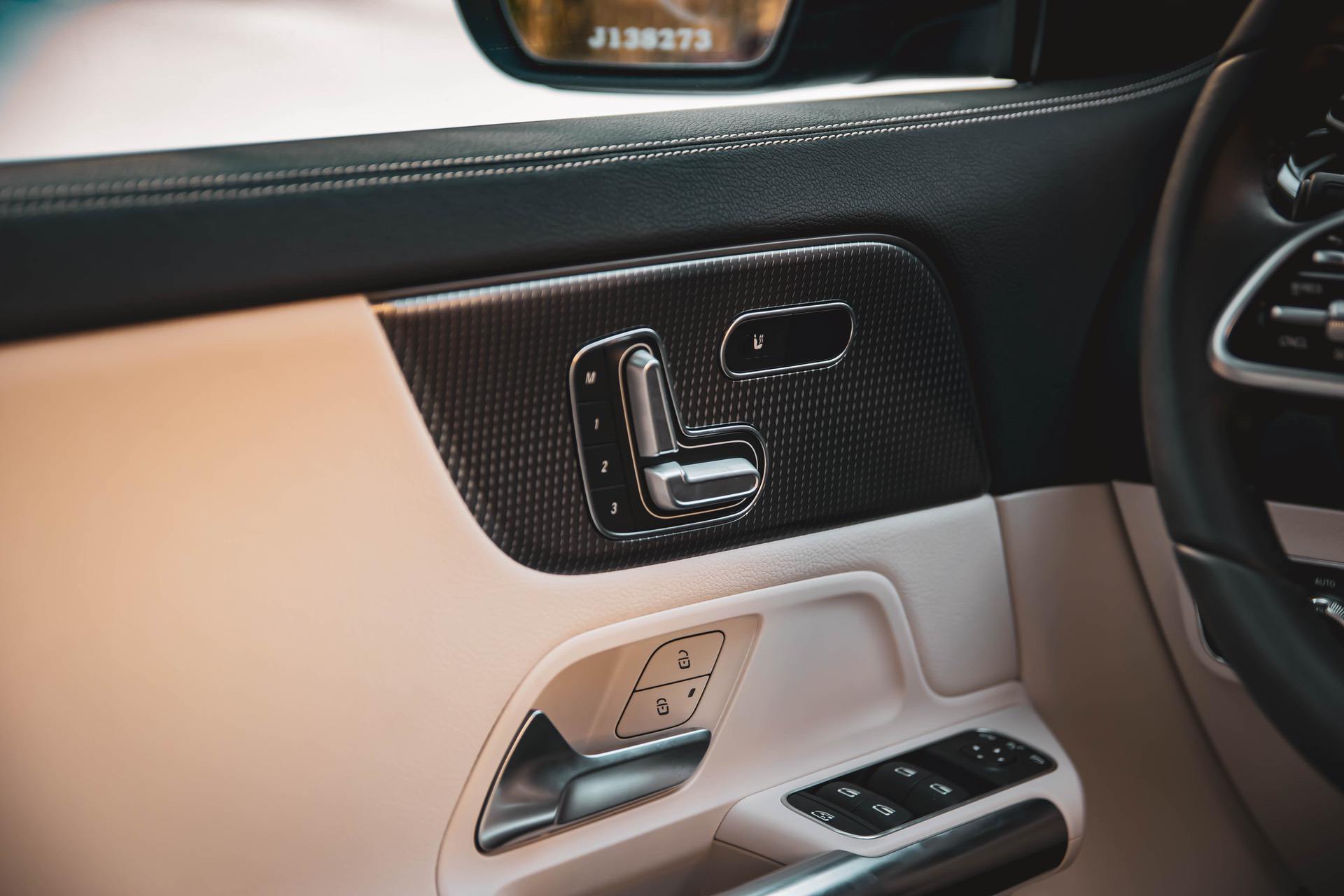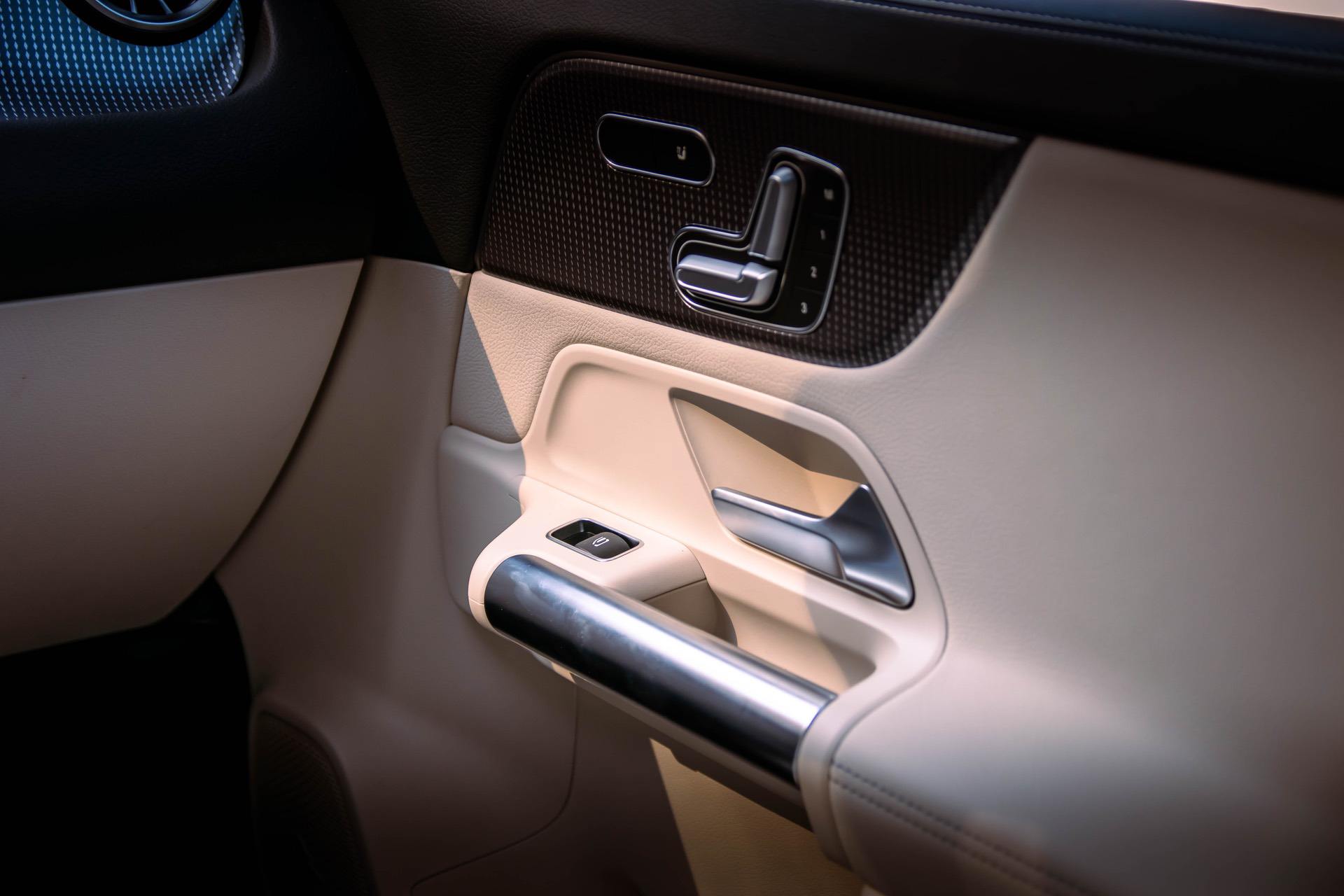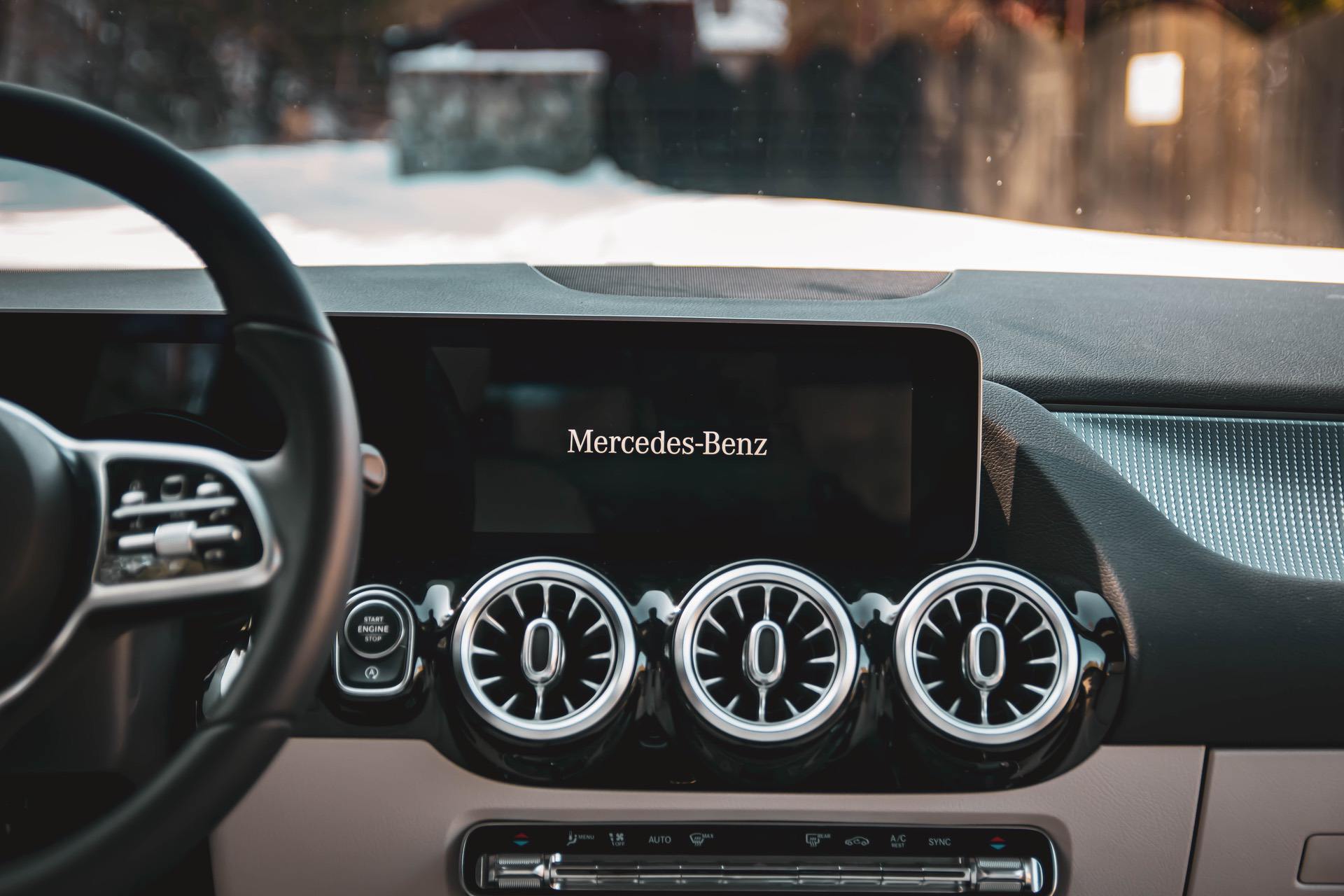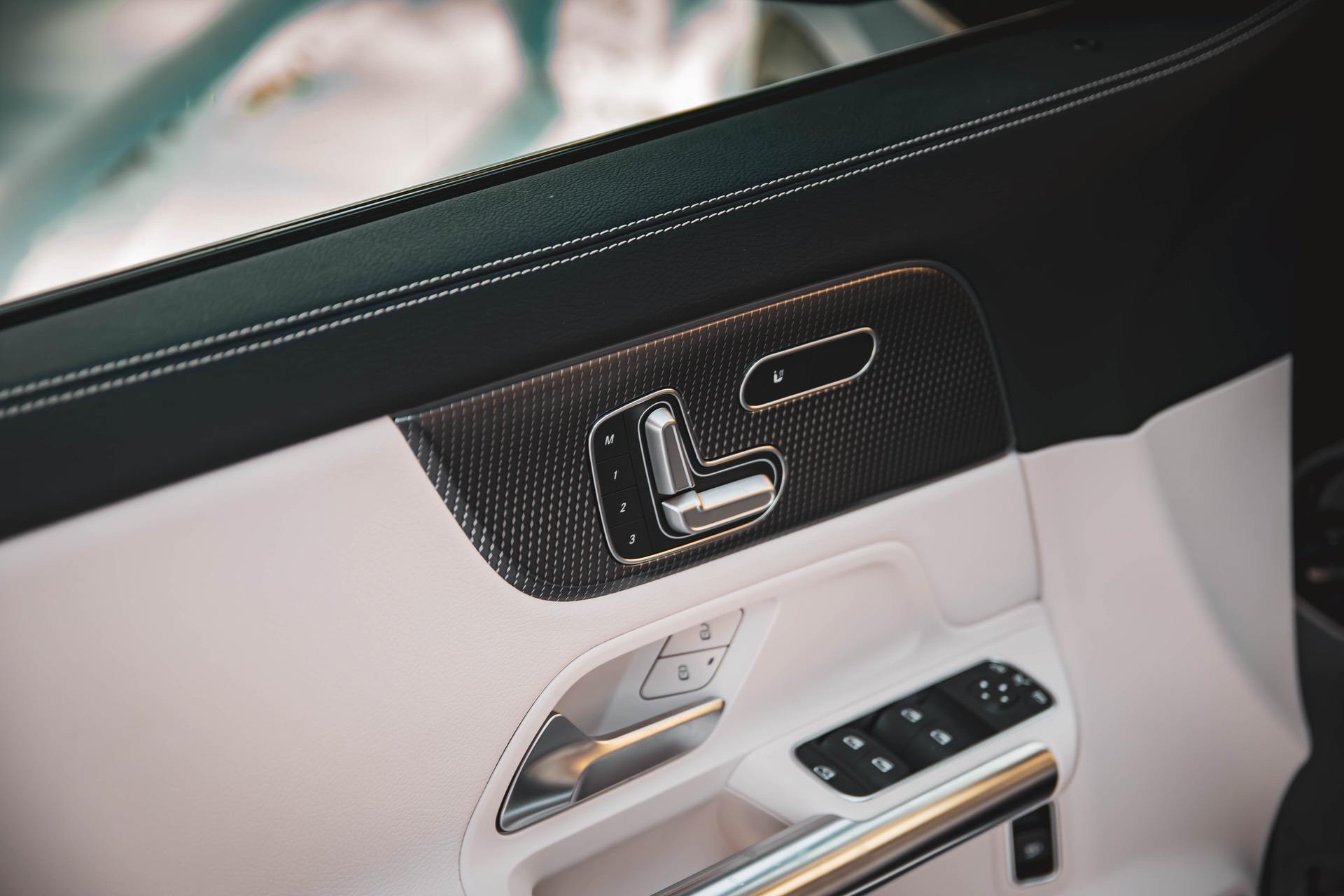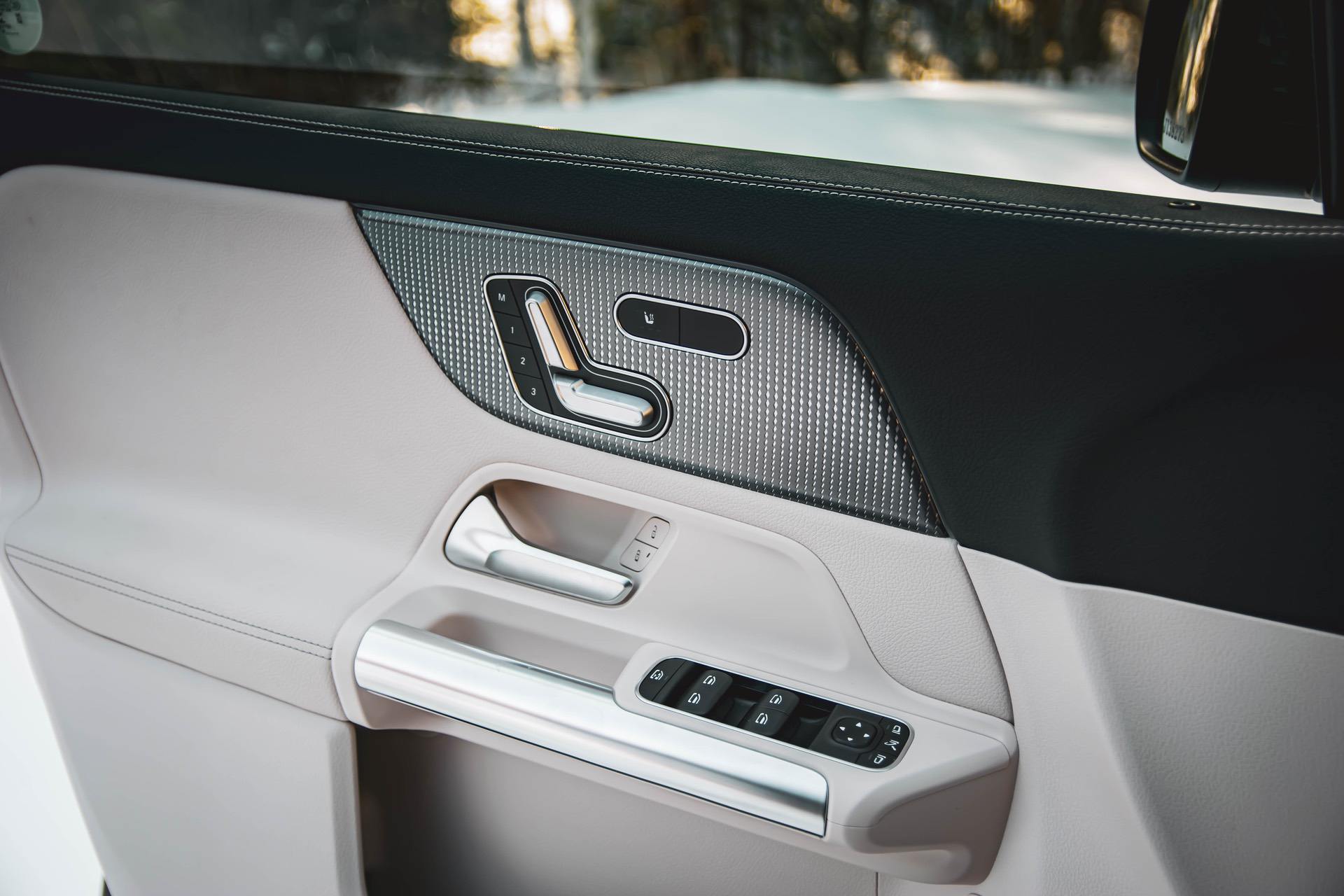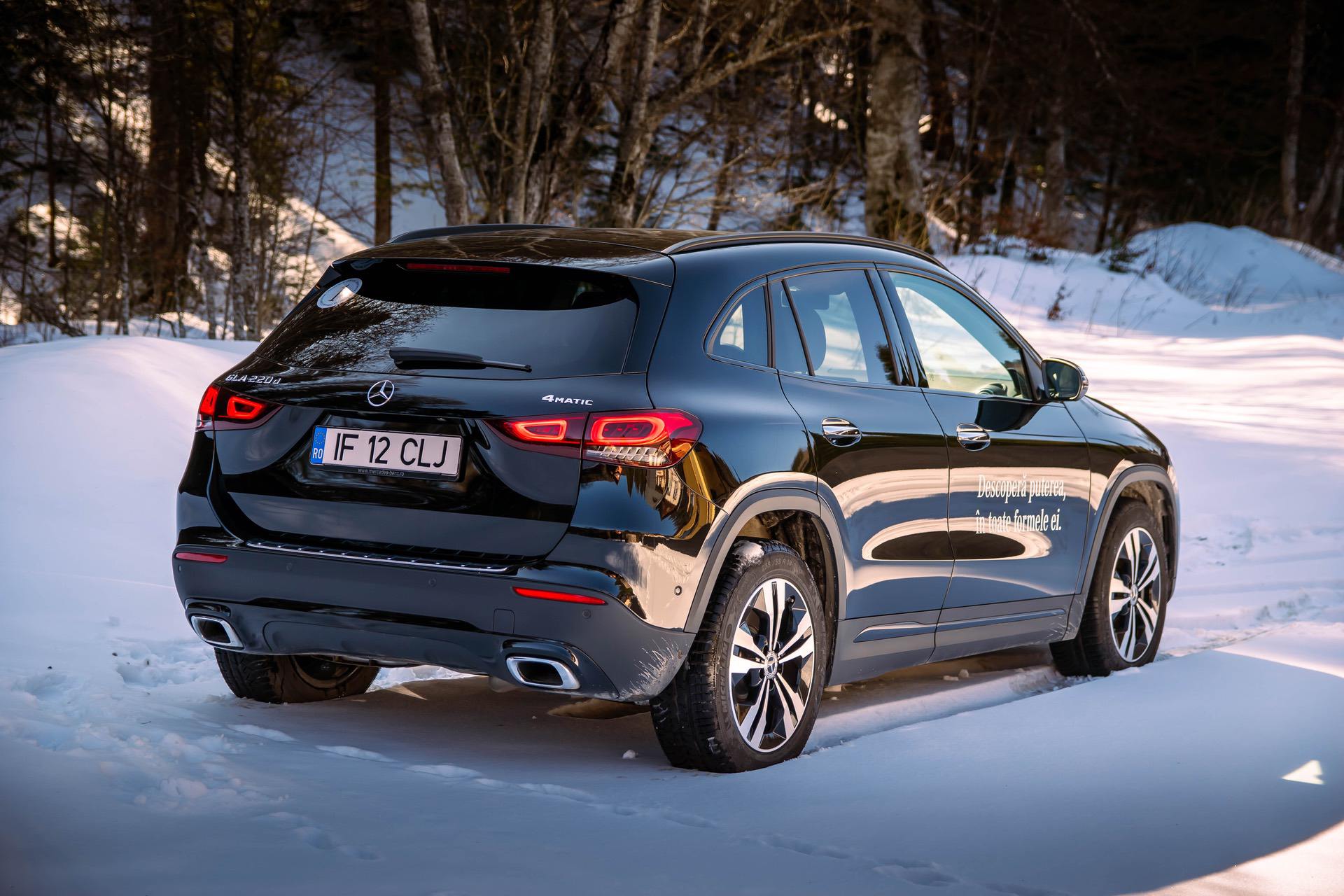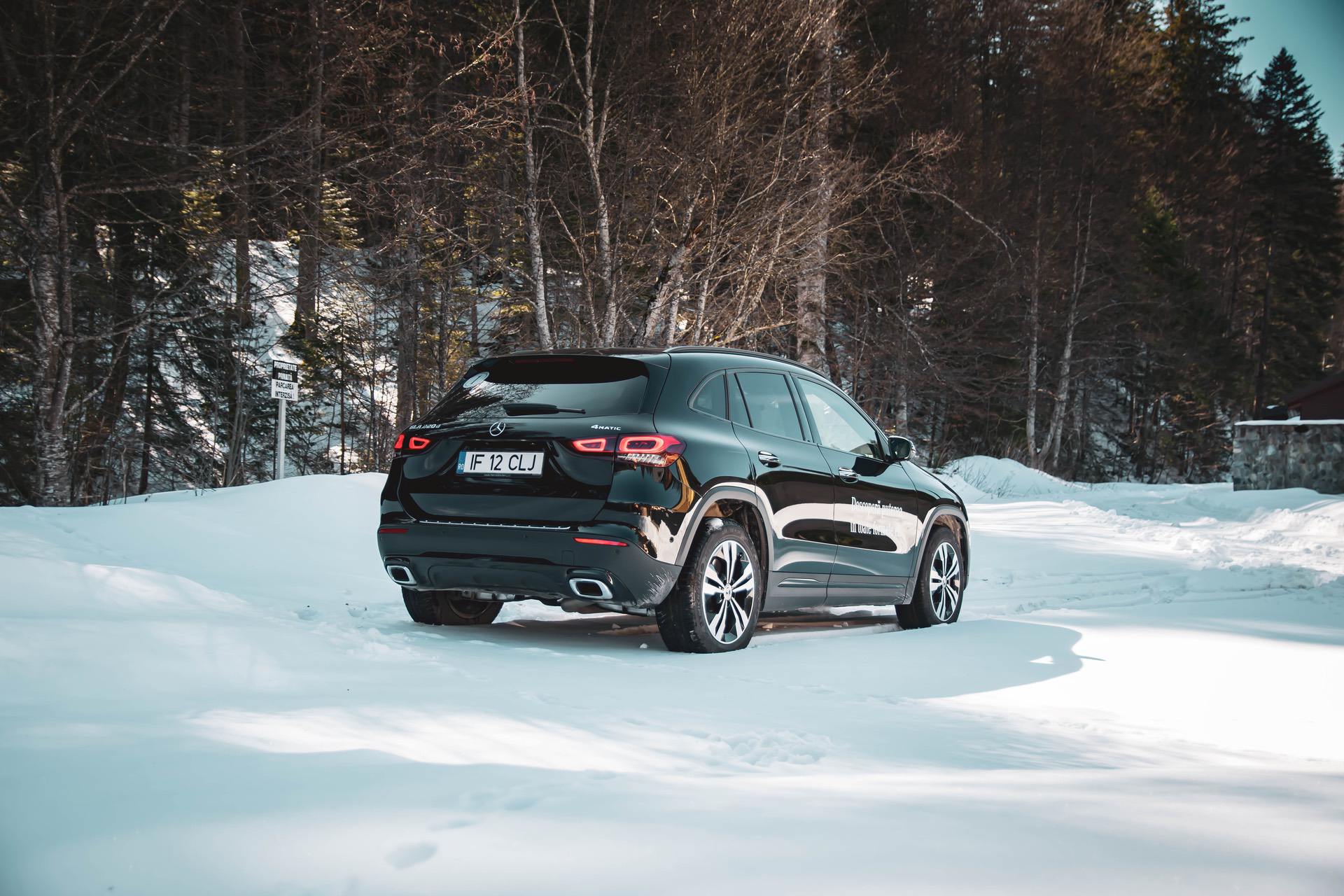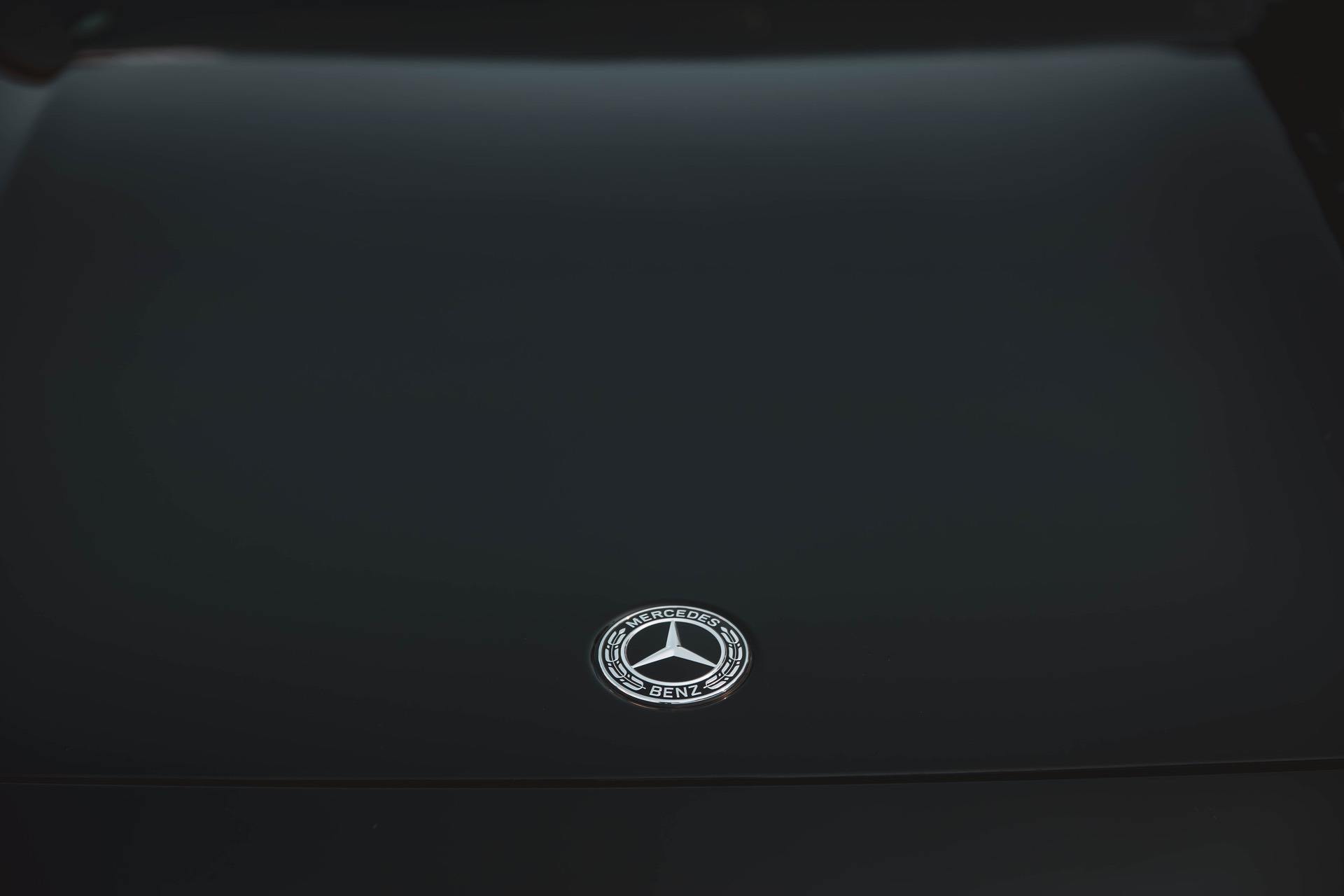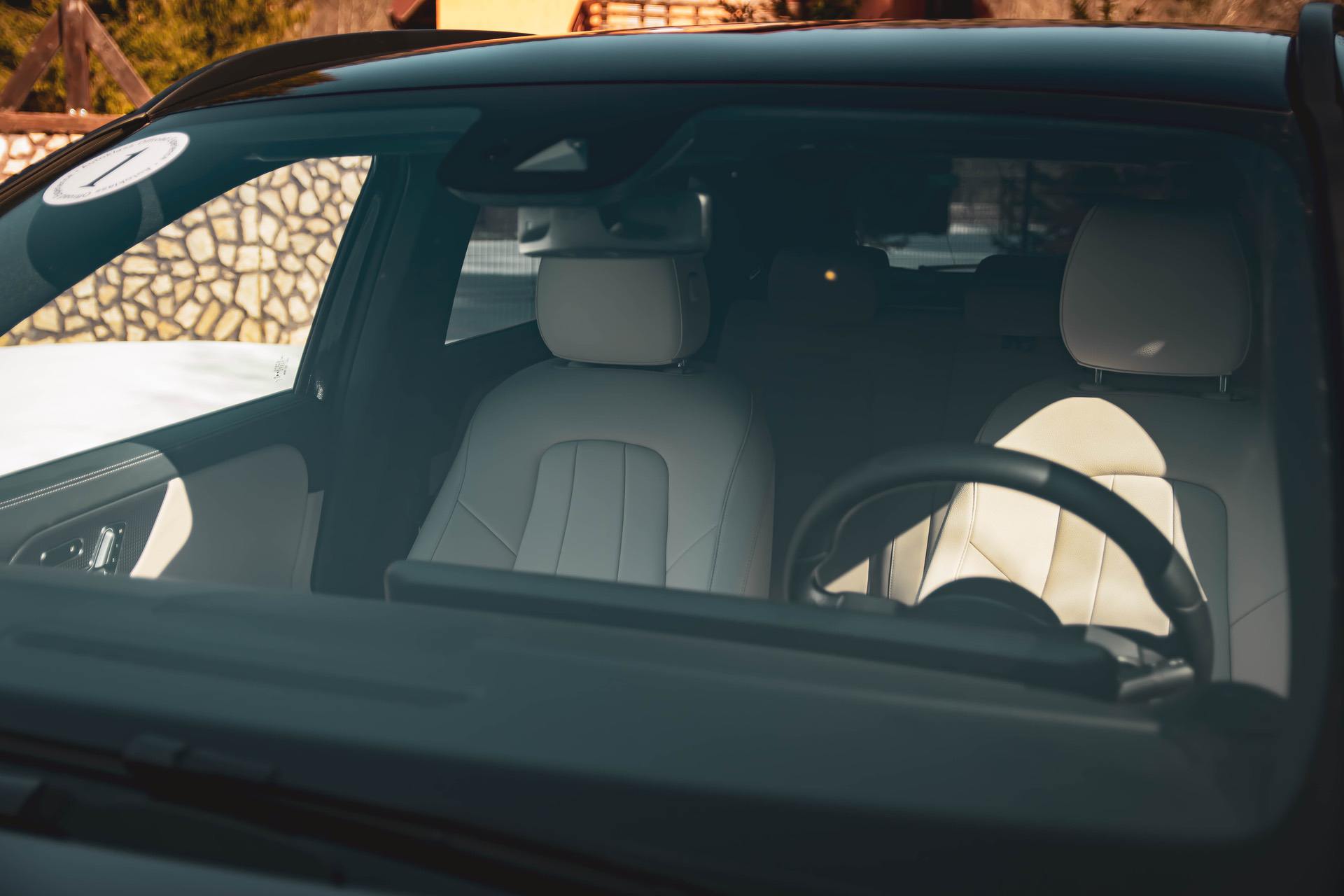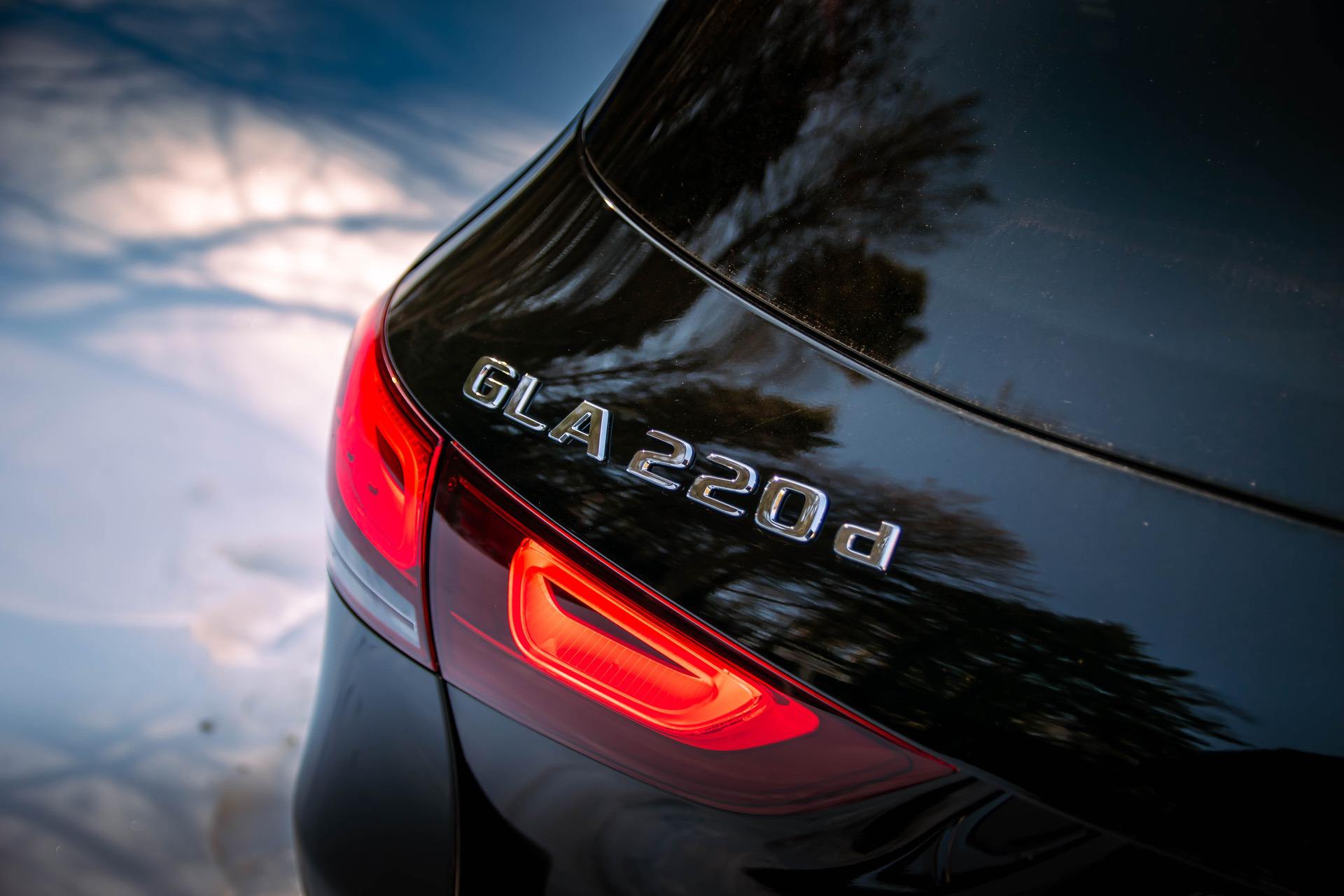The initial launch of the GLA name in the Mercedes-Benz range wasn’t exactly a record-breaking success. The first GLA was a rather small, compact crossover you could barely consider anything else but a car on stilts initially. It was small and cramped but, even so, Daimler managed to sell almost a million of them since 2014, a figure that definitely gave them the confidence needed to try a second time.
And they did with the new Mercedes-Benz GLA, launched in late 2019. The new model kept some of the recipe used on the original but improved in most areas where shortcomings were noticed, proving that if you want to be successful in this business, you really have to listen to your customers. The new model is now bigger in almost every way and comes with a new design, new tech and a more SUV-like feeling than ever before.
A New Design
Just like it was the case on the original, the new GLA is based on the same front-wheel drive platform that underpins cars like the A-Class, CLA, A-Class sedan, B-Class and GLB. And that can be observed by those with a keen eye, from the moment you lay your eyes on it. The exterior design is influenced by the current Mercedes-Benz trends but the short, inclined hood and the greenhouse shape instantly tell you this is a car build on a FWD platform.
However, that’s not to mean it doesn’t look good. From the outside it has a clean-cut design, with simple lines, that fall perfectly into the current Mercedes-Benz trends. The front-end features elegant lines, including inside the headlamps, with DRL elements reminding us of the rest of the line-up. Short overhangs also offer the car a sporty look which is further accentuated on the sides, where character lines going front to back make it seem like the GLA – despite its practical nature – can also go pretty fast. The rear end is the one that reminds you the most about this car’s origins and manufacturer, as the taillights feature a design very close to the one seen on the GLE or GLB models.
But if you take out the tape measure, you’ll notice a lot has changed, especially compared to the first iteration. The new model is wider by 30 millimeters and taller by a whopping 104 millimeters, in an obvious attempt at solving what was the biggest issue the original GLA had to face: its practicality. The first model had serious issues when it came to interior space, prompting many journalists to call it nothing more than a jacked-up A-Class.
That’s no longer the case and the biggest surprise in this regard comes in the length department. Looking at the new GLA you wouldn’t believe it is now 14 millimeters shorter than the outgoing model and yet the spec sheet doesn’t lie. Be that as it may, Mercedes increased the wheelbase by 30 millimeters which means you’ll get even more room inside but less space in the boot compared to its main rivals, the Audi Q3 and BMW X1.
Increased Practicality Inside
Get in and you’ll immediately feel the changes in the new generation GLA. First of all, the seating position is miles better than in the old model. Whereas in the original you could barely feel like you were in something different than an A-Class, the new GLA has the seats mounted exactly 140 millimeters higher than in the regular A-Class and that gives you a commanding view of the road. The tall windows on the sides and considerably bigger rear window offer great visibility from behind the wheel. You also get standard blind spot monitoring on all cars, just to be safe in all conditions.
There’s ample room up front and everything feels nicely put together. The material quality isn’t necessarily on the same level as more expensive Mercedes-Benz models but it stays well within the tolerances allowed by the segment the GLA plays in. There’s soft plastic on the top of the dash and the upper parts of the door panels, combined with harder plastics on the bottom part of the cabin. The leather on the seats is soft enough for a car in this price range but nothing to write home about. The dashboard will attract a lot of attention though because the new GLA gets the MBUX infotainment system which has undergone a massive transformation.
Mind you, our tester was fitted with the biggest optional screens but you should know that not all cars come with these fancy pieces on glass on the dash. Standard screens are much smaller and look a lot worse. Therefore, if there’s one optional feature I would definitely recommend getting, it would be the full-size MBUX screens.
The graphics are beautiful and the amount of customization you can go through mind-bending. You can adjust just about anything you want on those screens, from the color to the shape of the dials and the kind of information they show you. It’s easy to use and I think Mercedes-Benz did a better job at exploiting the possibilities offered by a screen being used as an instrument cluster than BMW. Whereas in the past the iDrive system used to be the clear winner in the in-car infotainment competition, these past few years have brought forward serious challengers from both Mercedes-Benz and Audi.
Get in the back and you’ll also notice just how much room you get over there. I still remember the last attempt I had at riding in the back of the first-generation GLA, as it proved to be quite a painful experience. Not in the new model. I was really blown away to see that, with the driver’s seat adjusted to my comfortable driving position (6-ft tall, 250 lbs) I could also sit in the back without any issues. That means, the GLA can accommodate four fully grown adults with ease and that’s something that simply wasn’t doable in the old model.
Improved Suspension
Switch back to the driver’s seat though and you’ll also be impressed by the ride this car is offering. Mercedes-Benz has been considered the king of suspension setups in modern cars for a while now and the GLA shows it wasn’t just marketing hype. The suspension delivers on its promises, especially considering it was a passive setup. These days we’re spoiled with choices when it comes to suspension choices, most cars (and not just in the premium segment) having an option available for adjustable damper settings. The GLA can be fitted with adaptive dampers but our tester didn’t have them on. And yet, I couldn’t really complain.
The ride was supple, well balanced and comfortable while also quiet as a church mouse on every single type of terrain I encountered. Furthermore, it somehow also managed to keep it together when the ‘Sport’ mode was engaged and I was testing out the sportier side of the car. Sure, there was some body roll but, all things considered, a lot less of it than I expected in the first place, proving that an old-school, fixed setup can do still do wonders.
The Old School Diesel
This wasn’t exactly a Mercedes-AMG GLA45 S either, but rather a more down-to-earth GLA 220d 4Matic which would’ve been the pick of the range if diesel engines were still favored in Europe. Fret not though, there are plenty of engine to pick from, depending on where you live. From the new 1.33-liter 4-cylinder petrol developed with Renault-Nissan to 2-liter petrol alternatives like the GLA 200 or GLA 250 and the AMG bad boys too. The 2-liter diesel one surprised me thought with its versatility and rather low levels of NVH.
As most of you know, 2-liter 4-cylinder diesel engines are not exactly the standard when it comes to noise-vibration-harshness levels, so I had low expectations to begin with. However, the Mercedes-Benz mill feels just as refined as the equivalent B47 mill from BMW. Most of credit though goes to the gearbox, which manages to keep the revs as low as possible most of the time.
This GLA 220d comes with an 8-speed dual-clutch gearbox that’s brand new and was introduced on new-generation Mercedes models with a transverse engine layout. Just as you’d expect, the cog-swapper rushes to get you in a higher gear as soon as possible and not once did I notice the sixth gear while doing only about 40 mph. In doing so, the engine remains under 2,000 RPM most of the time, making it hum quietly under the hood. Whenever you do go over 2,500 RPM a noticeable rumble makes its way into the cabin but that’s a rare occurrence, especially around town.
Tight Corners and Understeer
Go out on the highway and you’ll also be satisfied with the sound insulation this car has. It’s quite obvious Mercedes wanted to fix the issues that plagued the first generation GLA and did a better job at muffling out the road noise at higher speeds, to make this new model worthy of the silver arrows badge. Up to speeds around 65 mph the atmosphere is almost serene inside, with very little noise making its way into the cabin, mostly from the wheel wells. Over that speed, some noise coming from the side mirrors can also be noticed but it’s not a big deal anyway.
What impressed me the most though was the fuel consumption. Around town the figure was around 7-8 l/100 km (29-33 mpg) which isn’t bad at all, considering the traffic. However, outside the city limits, at an average speed of 80 km/h (50 mph) that number dropped to 5 l/100 km (47 mpg) which is just incredible for a car of this size and with this kind of design. But don’t think that these figures come at the expense of performance.
The engine has plenty of resources for this body, with 190 PS and 400 Nm of torque available from 1,600 RPM. It will allow the car to do 62 mph from standstill in 7.3 seconds which may not be back breaking but it’s more than enough for most people, as the car feels lively off the line. It will also dig into triple digit speeds easily and overtaking is a breeze. Just make sure not to push it hard to a series of tight corners as understeer will show its ugly face.
At the end of the day though, for a 2-liter crossover, the GLA 220d performed more than admirably throughout my series of tests and I think it’s safe to say that few people would buy it to drive it like a sports car. For them, the AMG versions should provide plenty of thrills.
Lessons Learned and Applied
All things considered then, the new Mercedes-Benz GLA delivers on all of the promises made by the Stuttgart-based manufacturer when the new generation was announced. It manages to make up for all the faults the old model had and then some. It is spacious, comfortable and has the best passive suspension in the segment right now, hands down. Chip in the ever-improving infotainment system and the low fuel consumption and you have a winning recipe on your hands.
Sure, it can’t do everything, as the BMW X1 will probably be better to drive when pushed to the limit, but what the GLA shows is that Mercedes knows its customers and knows how to develop a new model to fit their specific needs in a rather short period of time. And that’s a privilege that only companies with outstanding experience in the automotive industry can benefit from.


























